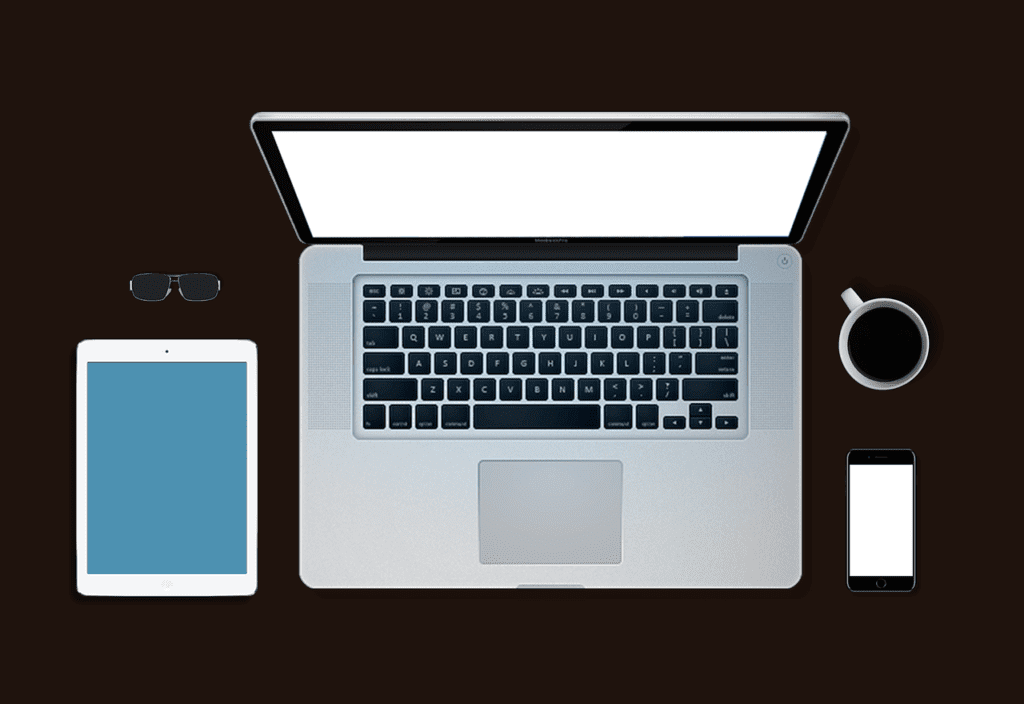For computers that access government systems or large client databases, optimizing security settings is a critical task.
But even if it’s your MacBook, security, and data protection are not just necessary, but the most important things that require attention and customization.
For if you don’t protect your MacBook, it’s like leaving the door to your house, where all your most valuable possessions are, unlocked.
An excellent step toward enhancing the security of your Mac is to harden it to minimize the threats of hacking and data loss.

There are both general recommendations for data protection and specific settings changes you can make on your own. Below you’ll find a variety of tips and steps as if you were flipping through a system settings usage guide and more.
1. Create a Backup
MacOS has Time Machine (TM). It’s a built-in backup tool. The configured Time Machine runs in the background automatically and keeps copies of all your system files and programs at all times. When you run out of disk space, Time Machine automatically deletes the oldest version of your files and makes room for the newest ones.
To activate TM, you need to connect an external hard drive, turn on Time Machine and select the backup destination, click the Select Disk button, and select the volume or drive you to want to use for TM.
2. Enable the Firewall
If you’re using an unsecured or public network, having Firewall enabled is vital. Even if you always use a trusted network, having a strong firewall is a significant benefit to your security.
To turn it on, select System Preferences from the Apple menu, then Security (10.6) or Security & Privacy (10.7 and later) from the View menu, click the Firewall tab and the orange padlock icon to authenticate with your Mac’s administrator password and username. Then enable the firewall by clicking Start (10.6) or Turn On Firewall (10.7 and later).
3. Encrypt Your Hard Drive
Encryption is very important to protect your data. First, you need to enable FileVault (Apple menu – System Preferences – Security & Privacy – FileVault tab – lock – administrator name and password – Turn On FileVault). Your Mac will now require you to sign in with your account password. And if you have other users with accounts on your Mac, you’ll see a notification that each user must enter their password before unlocking the drive.
4. Install or Enable Antivirus Protection Tools
Apple has built-in file quarantine and malware detection features. They are designed to reduce the chances of downloading malware. You need to make sure that security updates on your computer and related files are installed automatically. You have to open System Preferences, the App Store preference, check Automatically check for updates. Then Install system data files and security updates.
It can protect your Mac from most malware, but it’s important to realize that there’s no 100% guarantee. Therefore, always be careful when downloading software from unknown sources.
5. Turn off Spotlight suggestions
To prevent third parties from tracking your data, you need to update these settings by default.
Open System Preferences, choose Spotlight and deselect Spotlight suggestions.
6. Turn Off the Automatic Login
It seems that no arguments are needed, but we’d like to remind you that this can be the most vulnerable point. With automatic login, anyone can steal data from your MacBook. They only need to turn it on.
So, go to the Users & Groups pane of System Preferences, click on Login Options and choose Off to turn off automatic login.
7. Password manager
It allows you to create unique and compound passwords, and it creates an encrypted way to store them. Along with using a password manager, whenever possible, use two-factor authentication on all accounts that support your iCloud account. It will provide an extra layer of security to your already complex password.

